Curious about the price tag of replacing cast iron pipes? Get ready to explore the nitty-gritty details of this plumbing endeavor. From materials and labor to the scope of the project, we’ll dive into the factors that influence the cost.
Discover the secrets behind rejuvenating your home’s plumbing system without breaking the bank.
How Much Does It Cost to Replace Cast Iron Pipes?
When it comes to replacing cast iron pipes, the cost can vary significantly. Typically, repairing a cast iron drain line falls within the price range of $225 to $1,169. However, factors such as accessibility play a crucial role, especially if the pipe is located underneath the house, making the task more challenging.
In such cases, the price can escalate considerably, potentially reaching as high as $2,800. It’s essential to consider these variables to get an accurate estimate and ensure a successful and cost-effective plumbing project.
Signs That Your Cast Iron Drain Pipe Needs Replacing
Cast iron drain pipes have been widely used in plumbing systems for decades due to their durability and longevity. However, over time, these pipes can deteriorate and develop issues that may require replacement.
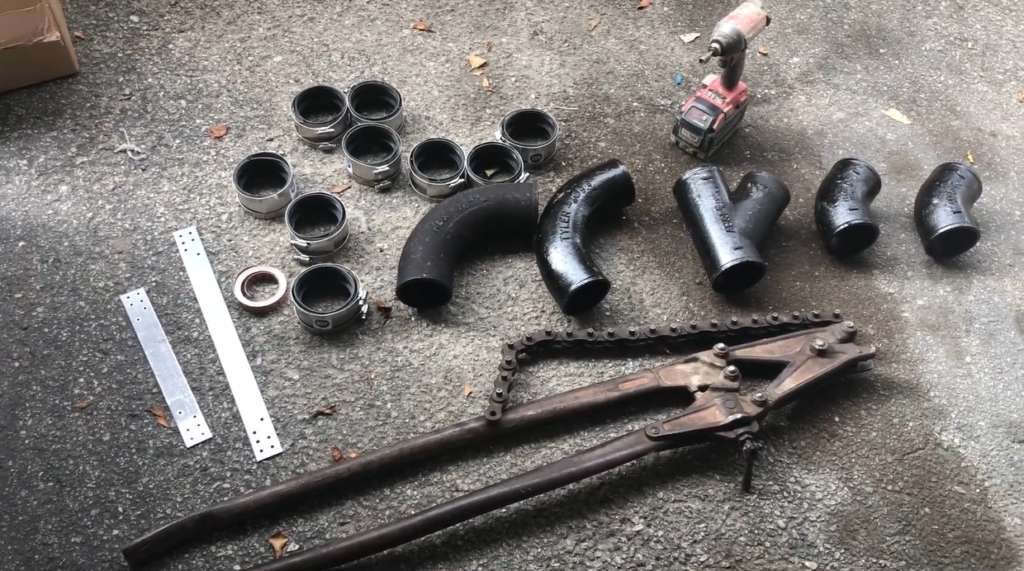
Recognizing the signs that indicate a need for cast iron drain pipe replacement is crucial to avoid costly damage and maintain a well-functioning plumbing system. Here are some common signs to watch out for:
Frequent Clogs
If you find yourself dealing with persistent clogs in your drains, it could be a sign of a deteriorating cast iron drain pipe. As these pipes age, they become susceptible to rust and corrosion, leading to a rough interior surface that accumulates debris and causes blockages.
Water Damage and Leaks
Noticeable water damage or leaks around your plumbing fixtures or along the walls and ceilings could indicate a problem with your cast iron drain pipe. As the pipes deteriorate, cracks or holes can develop, resulting in water seepage and potential structural damage to your property.
Foul Odors
A foul smell emanating from your drains is often an indication of a problem within your plumbing system. Over time, cast iron drain pipes can corrode, leading to the formation of cracks or gaps where sewer gasses can escape.
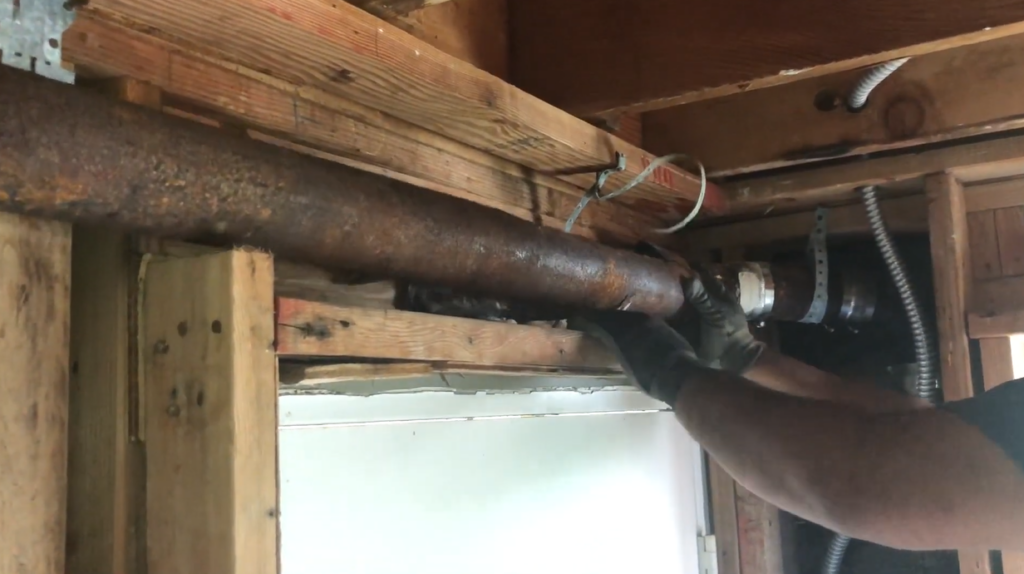
If you notice persistent odors, it’s advisable to have your pipes inspected for potential replacement.
Visible Signs of Rust
Examine the exposed sections of your cast iron drain pipe for signs of rust. Rusting is a clear indication of pipe deterioration and can compromise the integrity of the plumbing system. Pay attention to any discoloration, flaking, or reddish-brown stains on the pipes, as they may signify the need for replacement.
Low Water Pressure
If you notice a sudden decrease in water pressure throughout your home, it could be due to deteriorating cast iron drain pipes. Over time, rust and corrosion can build up on the inner walls of the pipes, restricting water flow and causing reduced pressure in your plumbing system.
Unusual Noises
Pay attention to any unusual noises coming from your plumbing systems, such as gurgling or bubbling sounds when using the sinks, showers, or toilets. These noises can indicate a blockage or a damaged cast iron drain pipe that needs replacement.
Age of the Pipes
If you reside in an older property with original plumbing, it’s worth considering the age of the cast iron drain pipes. Cast iron pipes installed more than 50 years ago are particularly prone to corrosion and degradation.
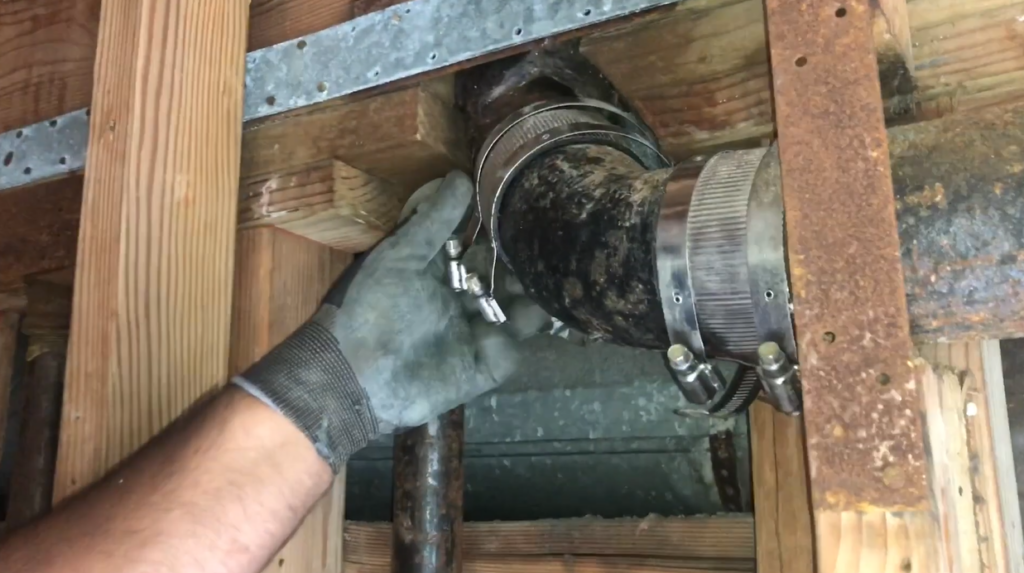
If your pipes are reaching or surpassing this age threshold, it’s wise to have them inspected by a professional plumber.
When these signs manifest, it is essential to consult with a licensed plumber who can check and evaluate the condition of your cast iron drain pipes accurately. They can perform a thorough inspection using specialized tools, such as video cameras, to identify the extent of the damage and determine if replacement is necessary.
Factors That Affect the Overall Cost of Replacing Cast Iron Pipes
Several factors come into play when determining the overall cost to replace cast iron pipes. It’s essential to consider these factors to accurately budget for the project and avoid any surprises along the way. Here are some important factors that can influence the costs of cast iron pipe replacement:
Length and Diameter of the Pipes
The length and diameter of the cast iron pipes being replaced will have a significant impact on the overall cost. Longer and larger diameter pipes need additional materials and labor, which can lead to higher expenses. Additionally, the number of fittings and joints needed for the replacement will also affect the overall cost.
Accessibility
The accessibility of cast iron pipes is another crucial factor. If the pipes are easily accessible, being located in a basement or crawl space, the process is generally more straightforward and less time-consuming.
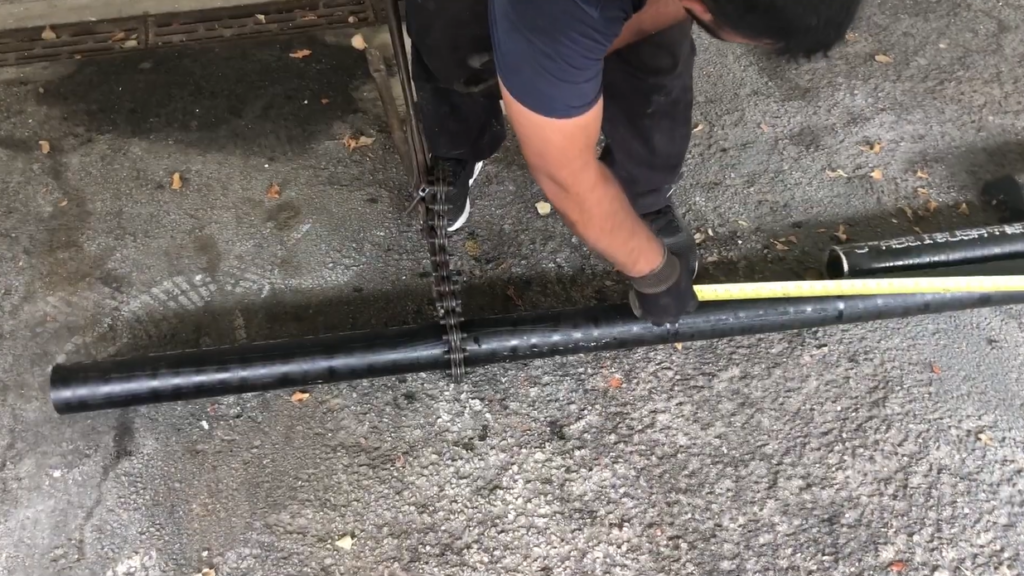
But if the pipes are hidden within walls, floors, or buried underground, additional labor and effort will be required, potentially increasing the cost.
Scope of the Project
The scope of the cast iron pipe replacement project will impact the cost. If only a small section of the plumbing system needs replacement, the cost will be lower compared to a complete system overhaul.
Assessing the extent of the damage or deterioration of the pipes will help determine the scope of the project and its associated costs.
Pipe Material
The choice of pipe material for the replacement can affect the overall cost. Cast iron pipes have traditionally been used, but modern alternatives such as PVC or ABS pipes are often more cost-effective. The material costs will vary depending on the type and quality of the pipes selected.
Additional Repairs or Upgrades
During the replacement process, other issues or necessary upgrades may be identified. For example, if the existing plumbing system is outdated or there are underlying problems with the infrastructure, expect additional repairs or upgrades. These additional factors will add to the total cost of the project.
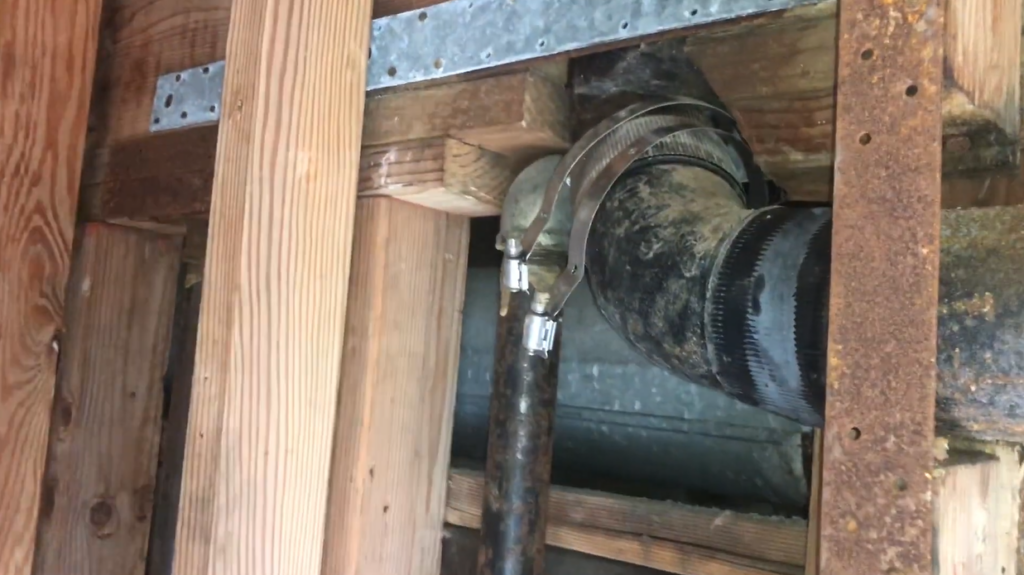
Labor Costs
Labor costs are a significant component of the overall cost to replace cast iron pipes. The complexity of the job, the number of plumbers involved, and the time required for completion will all influence the labor costs [1].
Hiring experienced and licensed plumbers is crucial to ensure a high-quality and efficient replacement process.
Permits and Inspections
Depending on your location, permits and inspections may be required for replacing cast iron pipes. These costs can vary and should be factored into the overall budget.
It’s essential to check with local authorities to understand the necessary permits and inspections needed for the project.
Geographic Location
The geographic location can also impact the cost of replacing cast iron pipes. Labor rates, material prices, and other regional factors can vary, leading to differences in overall project costs.
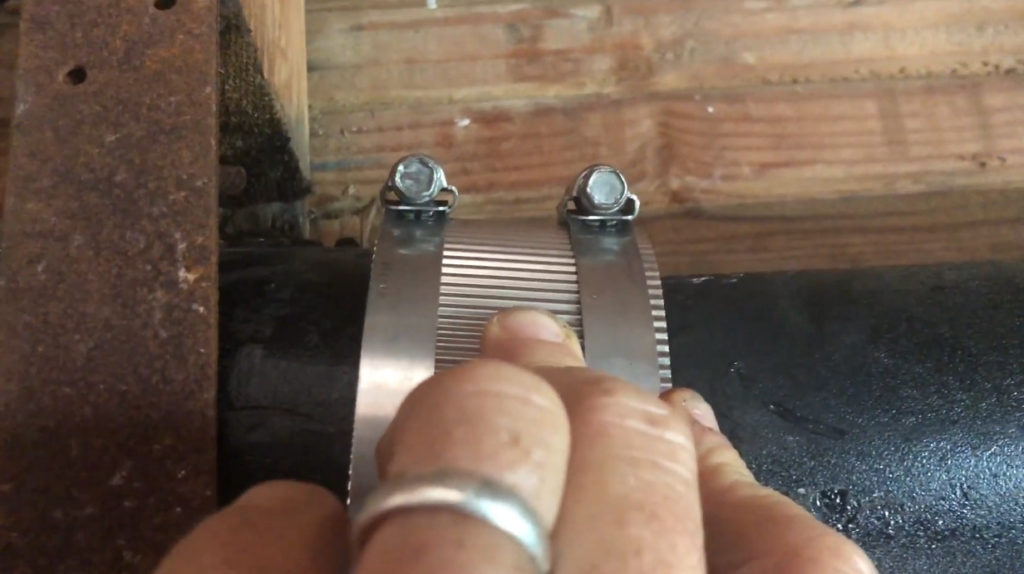
It’s advisable to research local market rates and consult with multiple contractors to get a comprehensive understanding of the pricing in your area.
Several factors can affect the total and final cost to replace cast iron pipes. By taking note of these and canvassing multiple quotes from reputable plumbers, you can make an informed decision and budget accordingly for a successful cast iron pipe replacement project.
Conclusion
In the realm of cast iron pipe replacement costs, understanding the influencing factors is key. From pipe length and accessibility to materials and labor, these elements determine the final price tag.
By considering these factors and consulting with professionals, you can embark on a cost-effective journey toward a rejuvenated plumbing system.

